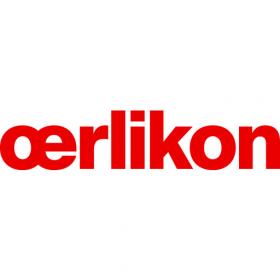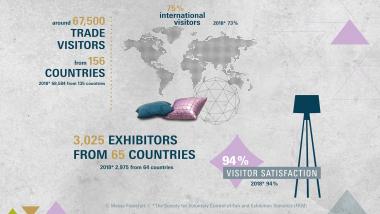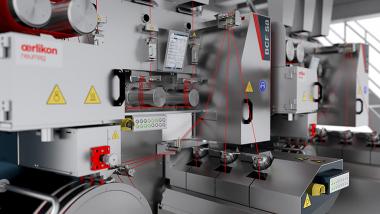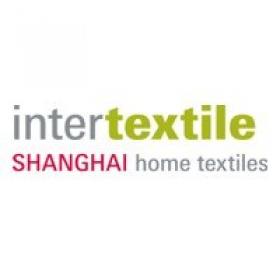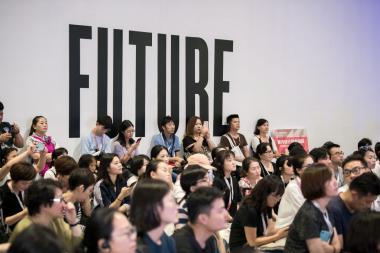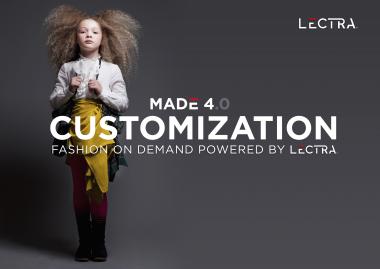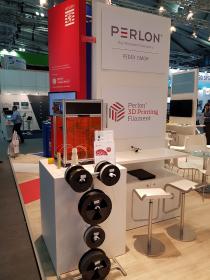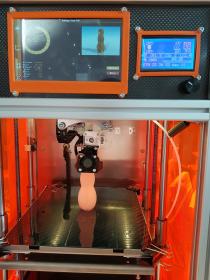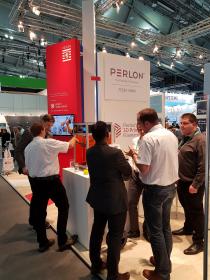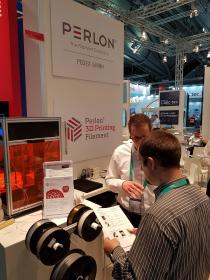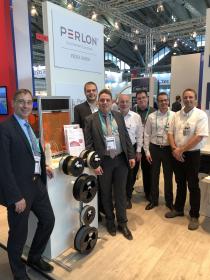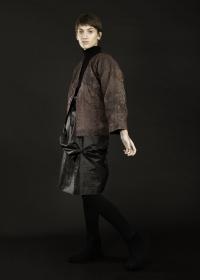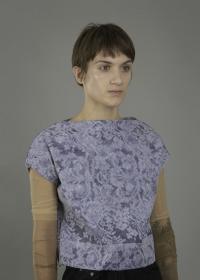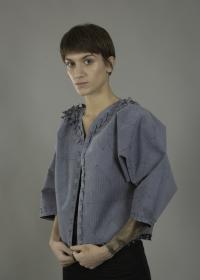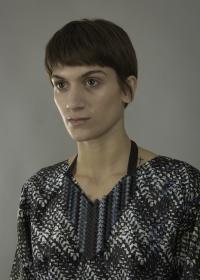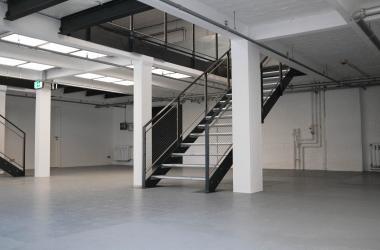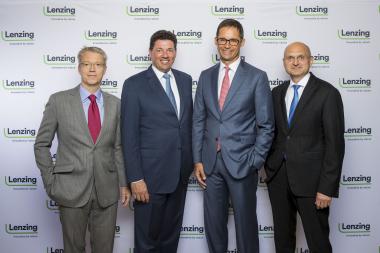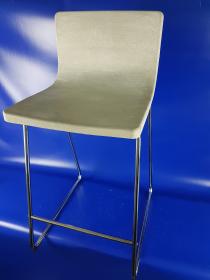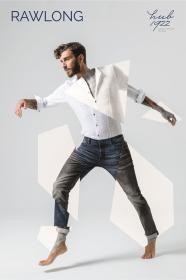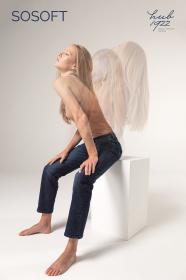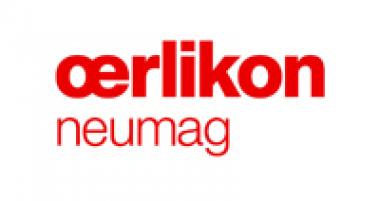Oerlikon - Partnerships are the focus of IDEA 2019
- Oerlikon presents its expanded nonwovens product portfolio at the IDEA 2019 in Miami
Neumünster – Oerlikon presents its complete nonwoven plant portfolio for the production of airlaid, meltblown, spunbonded and hybrid materials at this year’s IDEA in Miami from 25–28 March. The focus of its presentation will be on solutions for hygiene, medical and other disposable nonwovens. Visitors to this year’s IDEA can inform themselves on the wide range of products at Oerlikon’s exhibition stand (no. 1724).
Two strong partnerships for disposable nonwovens
While two years ago the Nonwoven business unit of the Oerlikon Manmade Fibers segment focused almost exclusively on solutions for technical applications, the company has now expanded its product portfolio to include solutions for disposable nonwovens by establishing strong partnerships.
Oerlikon & Teknoweb Materials – two strong partners for the nonwoven industry
As early as spring 2017, Oerlikon Manmade Fibers' Nonwoven business unit had entered into a strategic partnership with the Italian company Teknoweb Materials. Teknoweb Materials is an established technology supplier in the field of wipes and other disposable nonwovens. With its LEVRA technology, the company has its own patented, particularly efficient manufacturing process for wipes. It also has extensive process know-how on the making and further processing of these nonwoven materials. The Nonwoven business unit of Oerlikon’s Manmade Fibers segment completes this partnership with its well-established machine and plant solutions. Teknoweb Materials will also be represented at IDEA at the Oerlikon exhibition stand (no. 1724).
Cooperation with Shaoyang Textile Machinery
For spunmelt systems solutions for hygiene and medical applications, Oerlikon has been in cooperation with the Chinese machine and plant manufacturer Shaoyang Textile Machinery since Autumn of last year. The goal of these cooperation partners is to advance the international marketing of spunmelt plants outside of China. Oerlikon Manmade Fibers’ Nonwoven business unit contributes its plant engineering know-how and is responsible for product and process guarantees. Oerlikon also assumes the overall project responsibility as well as world-wide customer service outside of China. In return, Shaoyang, with its headquarters in the city of the same name in the Hunan province, supplies the plant technologies.The advantage for the customer: competitive solutions at an attractive price level with comparatively low investments.
Oerlikon Teknoweb Materials Shaoyang Textile Machinery nonwovens Manmade Fibers segment Oerlikon Manmade Fibers IDEA
Oerlikon - Marketing, Corporate Communications & Public Affairs


